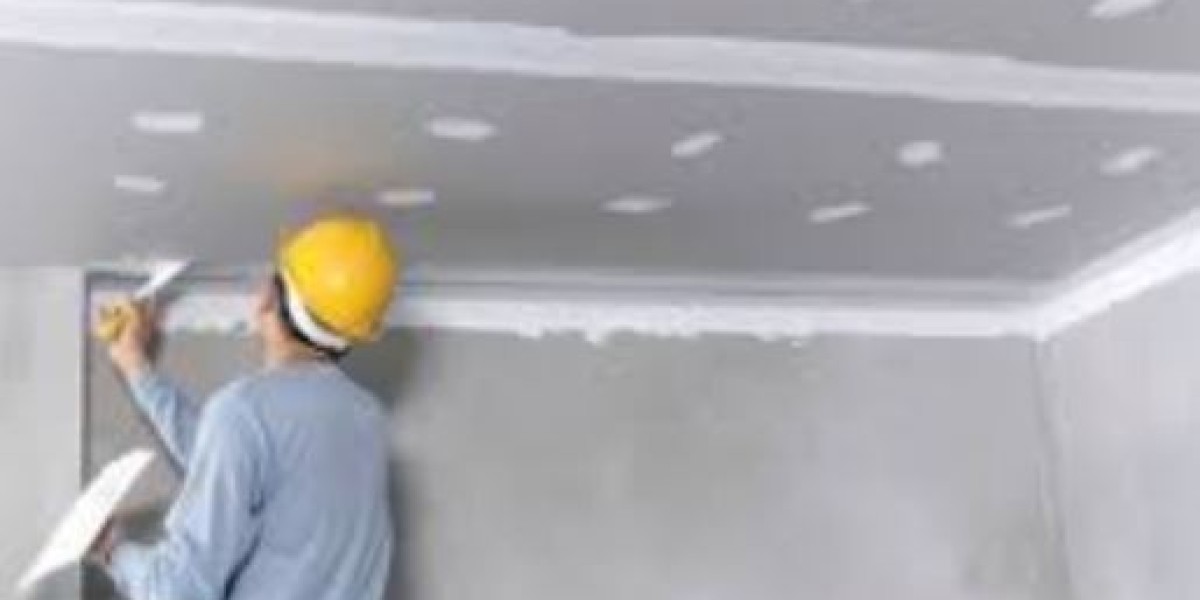In the ever-evolving landscape of construction, the imperative to build sustainably has become paramount. Green construction solutions offer not just a path towards environmental stewardship, but also promise economic savings and healthier living spaces. From innovative materials to cutting-edge technologies, embracing green building practices represents a transformative shift towards a more sustainable future.
Understanding Green Construction Solutions
Green construction, also known as sustainable building or green building, focuses on reducing the environmental impact of buildings while enhancing occupant health and productivity. This holistic approach considers the entire lifecycle of a building—from design and construction to operation and maintenance.
Key Elements of Green Construction
Energy Efficiency: Implementing energy-efficient designs and systems, such as passive solar design, efficient HVAC (Heating, Ventilation, and Air Conditioning) systems, and LED lighting, reduces energy consumption and lowers operational costs.
Water Efficiency: Incorporating water-saving fixtures, greywater recycling systems, and drought-resistant landscaping minimizes water usage and preserves this precious resource.
Material Selection: Opting for environmentally friendly materials, such as recycled content, sustainably sourced wood, and low-VOC (Volatile Organic Compounds) paints, reduces carbon footprint and enhances indoor air quality.
Waste Reduction: Adopting construction practices that minimize waste generation, promote recycling, and reuse materials reduces landfill impact and conserves resources.
Benefits of Green Construction Solutions
Embracing green construction solutions yields numerous benefits:
Environmental Benefits: Reduces greenhouse gas emissions, conserves natural resources, and protects biodiversity.
Economic Benefits: Lowers operating costs through energy and water savings, increases property value, and qualifies for incentives and certifications.
Social Benefits: Improves occupant health and comfort, enhances productivity, and fosters a sense of community and well-being.
Innovations Driving Green Construction
Smart Building Technologies: Integration of IoT (Internet of Things) devices and sensors for real-time monitoring and optimization of building performance.
Green Roofs and Walls: Installation of vegetated roofs and walls to improve insulation, manage stormwater runoff, and enhance urban biodiversity.
Passive House Design: Utilization of super-insulated building envelopes and passive solar techniques for ultra-low energy consumption.
The Role of Regulation and Certification
Government regulations and voluntary certifications, such as LEED (Leadership in Energy and Environmental Design) and BREEAM (Building Research Establishment Environmental Assessment Method), incentivize and guide the adoption of green construction practices. These standards ensure buildings meet rigorous criteria for sustainability, efficiency, and environmental responsibility.
Conclusion
Green construction solutions represent not just a trend but a necessary evolution in the built environment. By prioritizing sustainability, stakeholders in the construction industry—from architects and engineers to developers and homeowners—can collectively reduce environmental impact, enhance resilience against climate change, and create healthier, more livable spaces for current and future generations.









